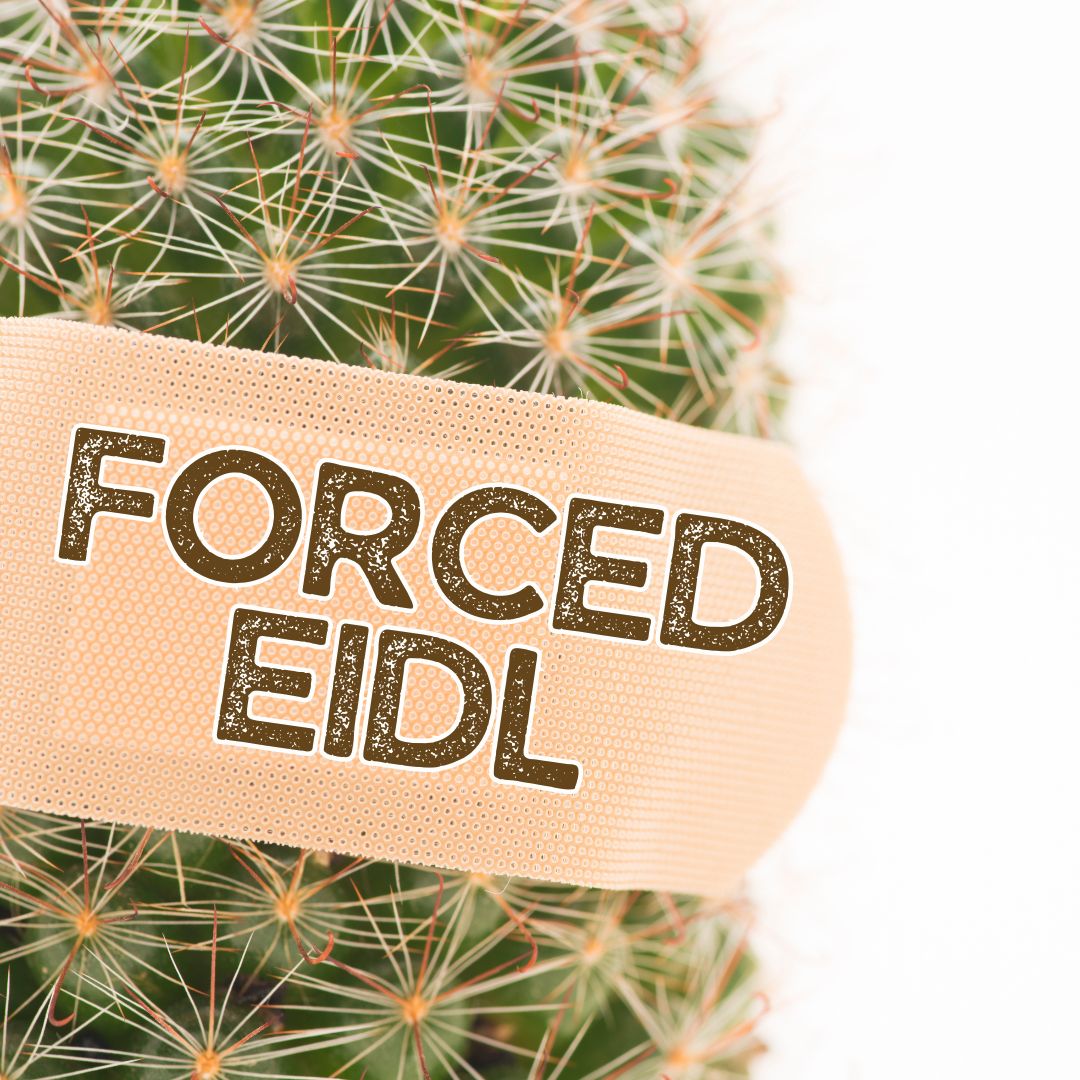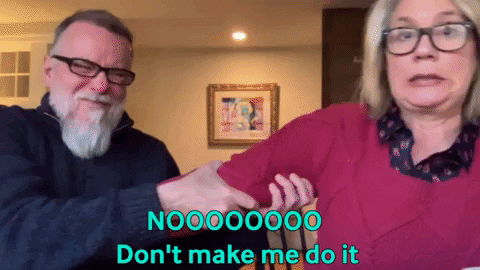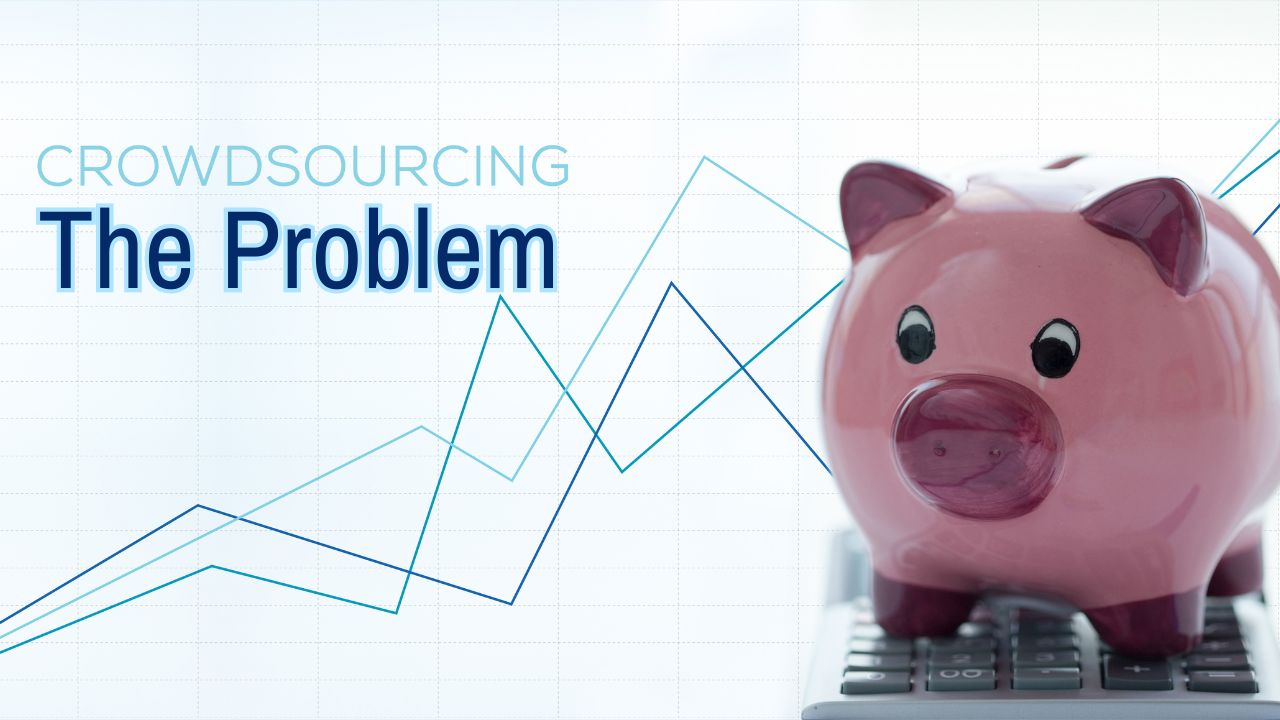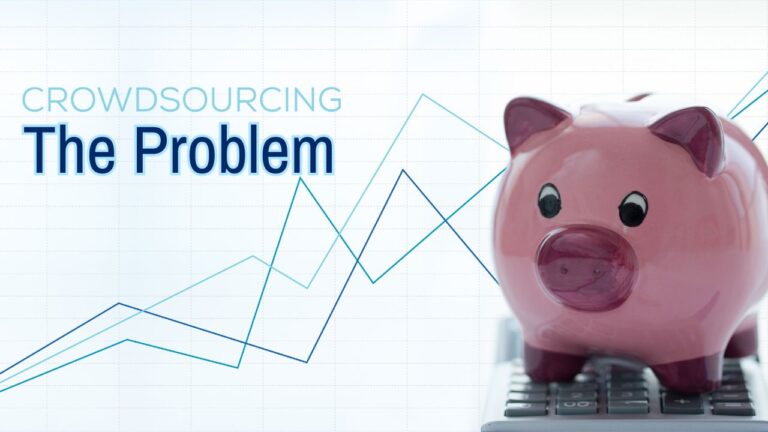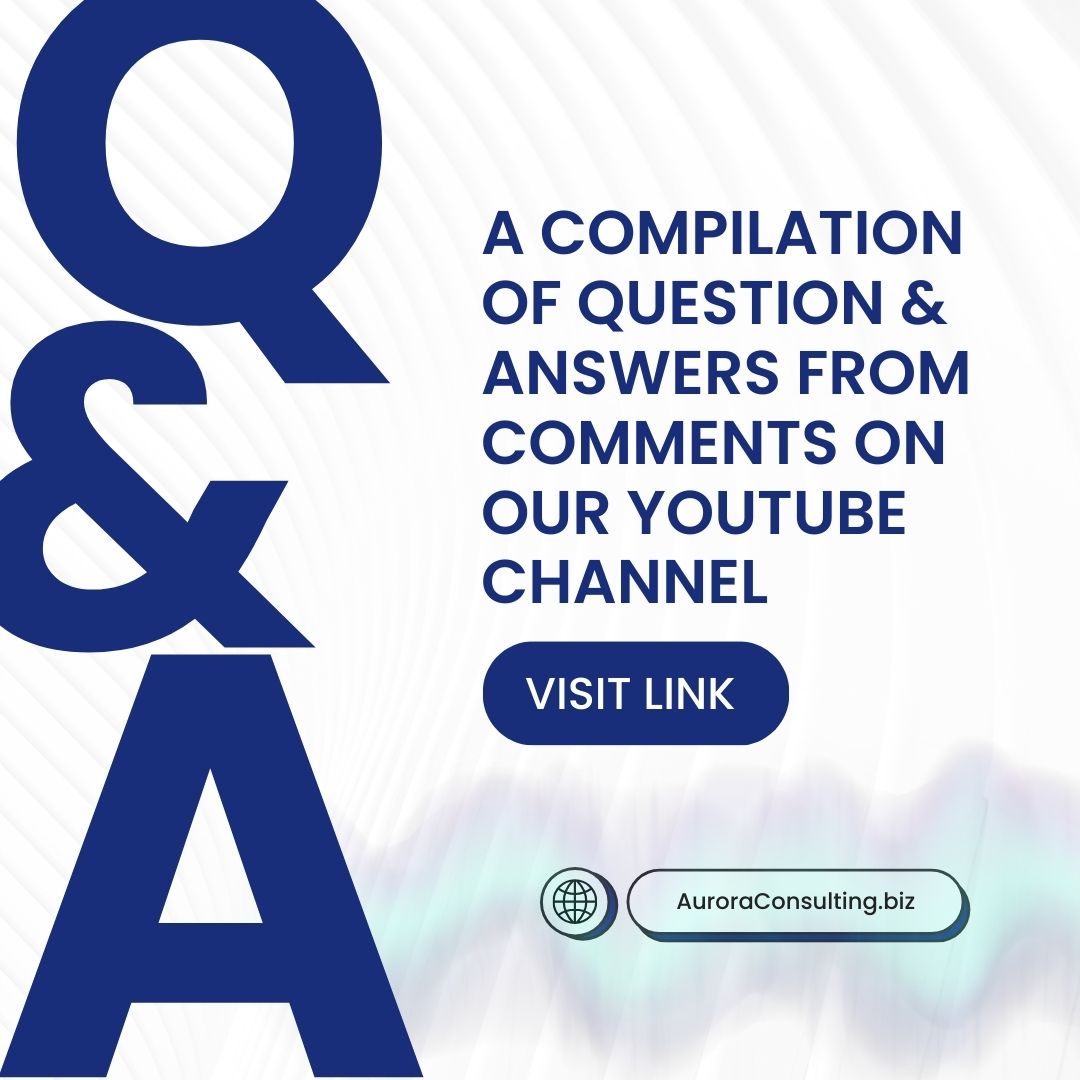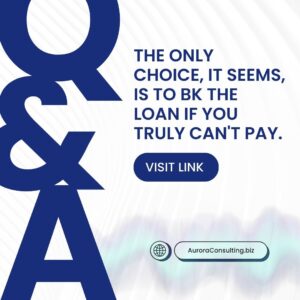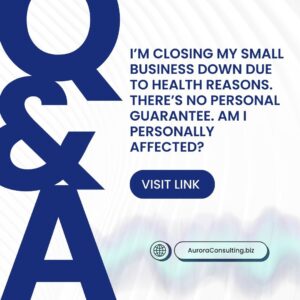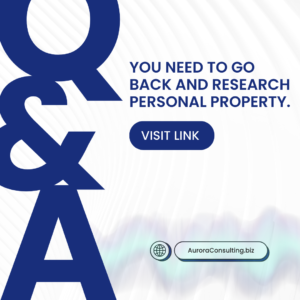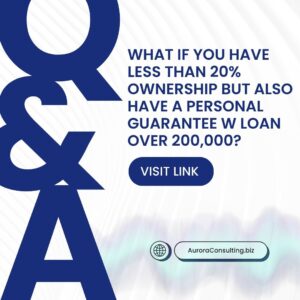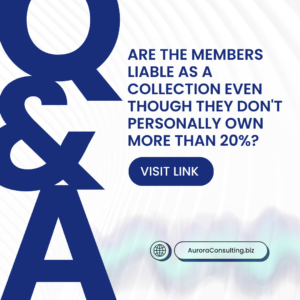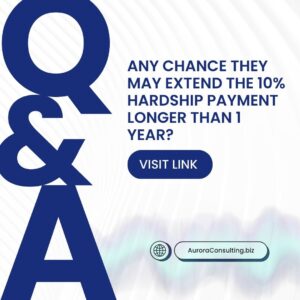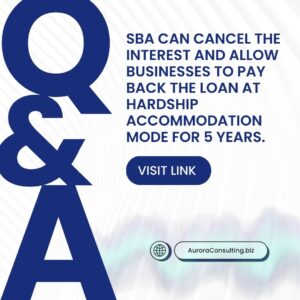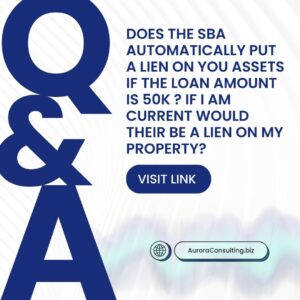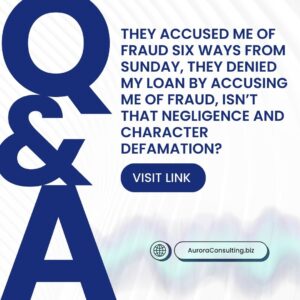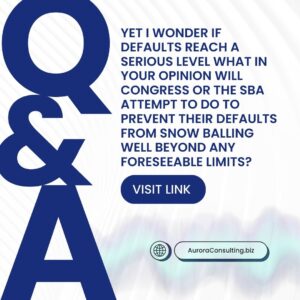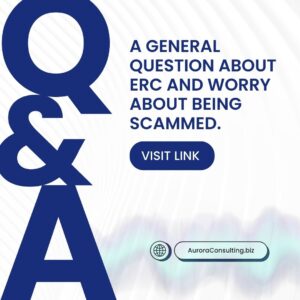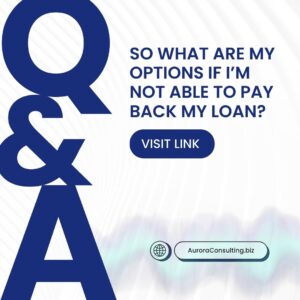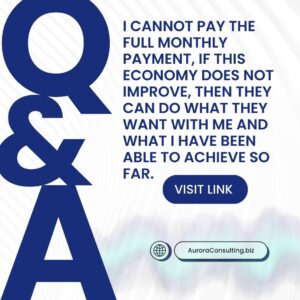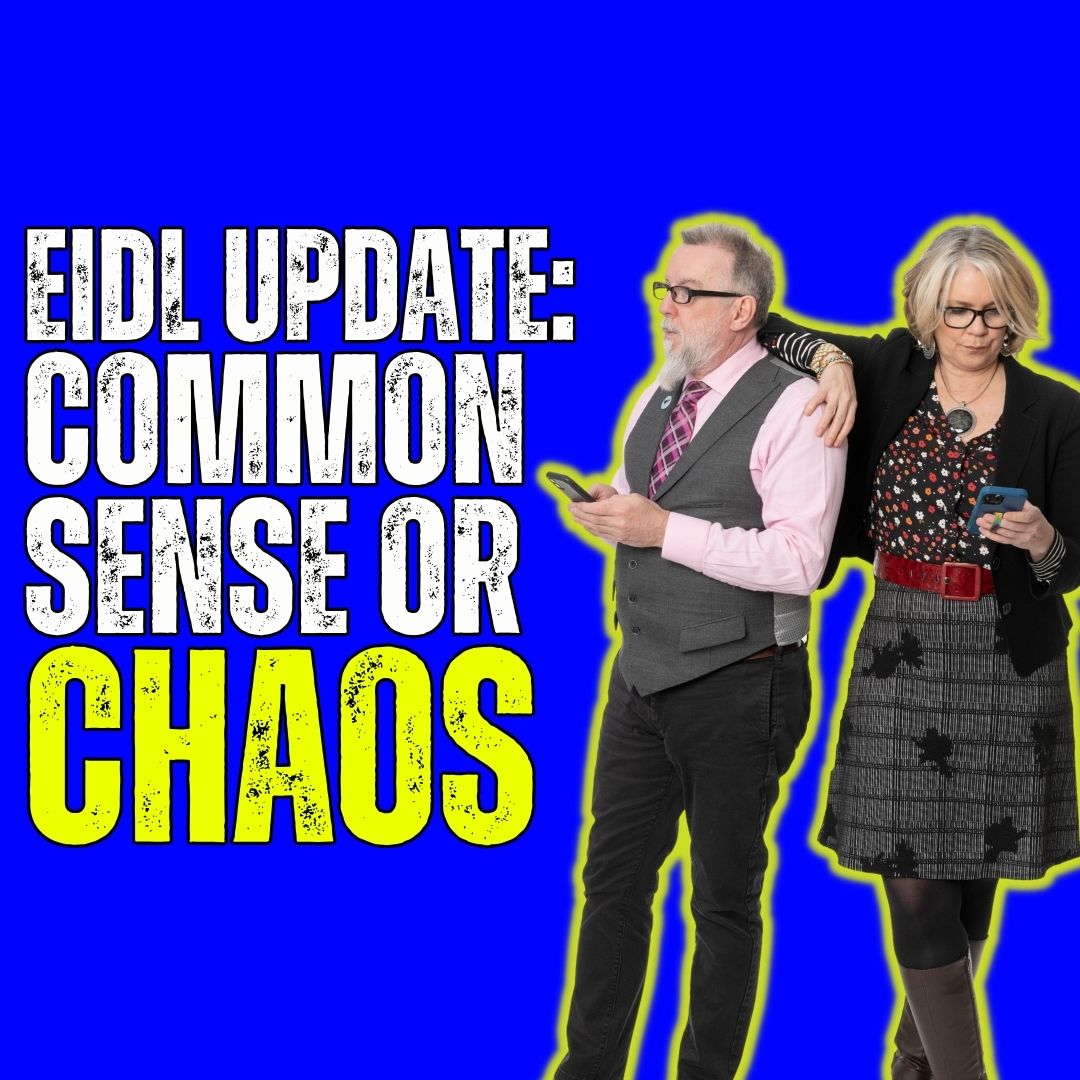
We’ve had people accuse us of trying to frighten business owners about the consequences of failing to comply with the terms of or failing to repay their COVID-19 EIDLs.
These folks, in our opinion, are getting their fake-expert-opinion-troll advice from a crowdsourced knowledge base.
That’s where a bunch of people get together on a chat and discuss their thoughts, actions, and results, on any given topic, and in this case, it’s the COVID-19 SBA EIDL Program.
While those forums can be an excellent starting point on a journey to research and learn, one should discern that when it comes to a complicated topic, the crowdsourced knowledge base, taken as their only source of expertise, is a disaster in the making.
Especially when it comes to the SBA and the COVID-19 EIDL program.
You have to take the information you gather from online forums and then seek out actual experts before you make final decisions on any given action.
You’re not simply gathering other people’s opinions to decide if a pizza restaurant is up to the standards you expect because you’re a person who loves pizza and you want only the best pizza!
We learned how the SBA’s COVID-19 EIDL program works by working on hundreds of actual files, and speaking to hundreds of SBA Agents and thousands of Small Business Owners.
Before COVID, we both worked in financial services. That’s where we get our expertise and our expert opinions due to prior experience with financial services processes and products.
Some folks interpret our approach as trying to frighten business owners to sell our products and services.
There’s so much wrong with that. First, we’re trying to warn business owners that there are serious restrictions and important responsibilities they need to be mindful of. If ignored, there are consequences.
Second, are these people business owners? Logically, they must be because the COVID-19 EIDL program was for business owners to survive the lockdown during the first global pandemic in our lifetime.
If that’s the case, did they go into business to not make money? That’s absurd.
Our vocal efforts are to warn folks to not listen to bad crowdsourced advice which is to give up, walk away, and not pay the loans if their business is in trouble.
With this cavalier approach, costly consequences are possible.
We don’t do this because we’re “hucksters” and “shills” based on the opinion of two people accusing us of this activity.
We do this because we have business owners contacting us EVERY SINGLE DAY with their worries and anxieties.
These folks can be worried about something very simple, such as changing the address of the business or spending the remainder of the EIDL funds. They seek sound, trustworthy guidance to know they won’t be in trouble with the SBA or the government.
During the pandemic, we heard from a couple of business owners who hired us or asked for our advice and they said,
“I don’t want to screw this up and get in trouble.”
Trevor was a mortgage banker. He’s had similar experiences with trends in the mortgage business, whether it’s the rise of sub-prime mortgages, or people taking advantage of federal programs to save their homes when they didn’t need saving, and more.
If you look back at his mortgage blog going back nearly twenty years, you’ll see he’s offering the same warnings about trends and bad advice.
Is it a bad thing that we care passionately about Small Business? So be it. We’re okay with that. We’ve met some incredible people along the way that we truly admire.
However, our passion has given fuel to trolls and haters because sometimes our passion comes off as aggressive and arrogant. It’s because we know what needs to be done and we’ve seen the bad advice and costly mistakes as a result.
We created our comprehensive expert guidebook the Post-Closing EIDL Blueprint for those business owners who care about consequences and as a way to budget cash flow instead of costly consulting hours to get the job done.
We created it because we KNEW these questions, these challenges, and these worries would come up. We knew we would only be around to provide direct advice for a short time because we are building other businesses.
When we warn folks and it sounds like “danger,” it’s with the hope that people will hear our message to be careful with their responsibilities under the loan agreement and repayment.
- Do we value our expert backgrounds? Yes.
- Do we feel that we deliver value? Yes.
- Did we go into business to NOT earn a living. No!
We decided to sell our experience and processes that we know work. It’s no different than a marketing expert getting paid to share their experience and knowledge.
Take the information you gather from the crowd, coalesce that information into basic answers to your questions, and then seek out a professional expert to give you more information.
If you take that course of action, you will dramatically improve the odds of making the best possible decision for you and your business.
When you’re done, treat yourself to a nice pizza, because…who doesn’t love PIZZA!!?
#SelfEmployed #Taxreturn #taxfiling #payrolltaxes #COVIDEIDL #EIDL #SBAEIDL #COVID19EIDL #DisasterLoan #EconomicInjuryLoan #EconomicInjuryDisaster Loan #Pandemic #Pizza #SmallBusiness #Entrepreneurs #366Glitch #Glitch #SmallBusinessMistakes #Glitch366 #SmallBusiness #Entrepreneurs #USTreasury #DefaultedLoan #LoanDefault #EIDLDefault #DefaultedEIDL #default

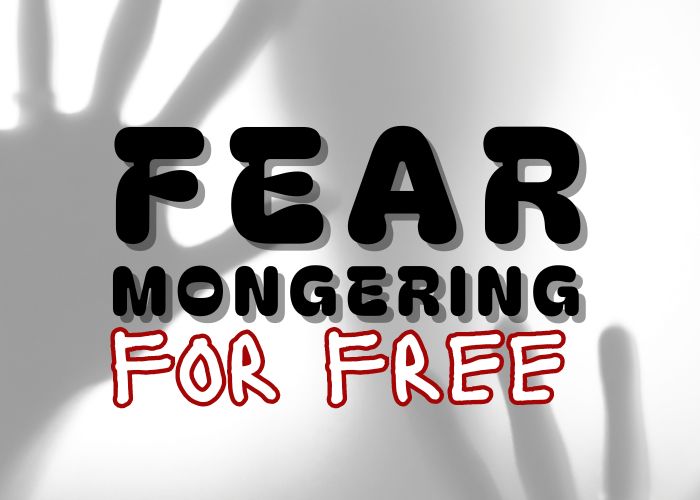


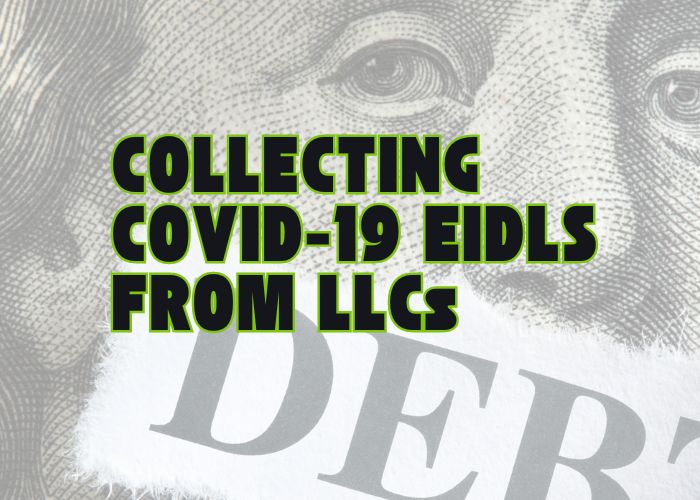
 We started working with the COVID-19 EIDL program in March 2020 as the pandemic started to unfold. From the outset, we discovered, as seasoned financial services professionals, how badly SBA communicated information about the COVID-19 EIDL program.
We started working with the COVID-19 EIDL program in March 2020 as the pandemic started to unfold. From the outset, we discovered, as seasoned financial services professionals, how badly SBA communicated information about the COVID-19 EIDL program.
